Key Takeaway Table
| Key Point | Description |
|---|---|
|
Home Loan Statement - What is it?
|
A home loan statement is a document provided by lenders to borrowers - typically issued at regular intervals. It includes essential details about your home loan, including your loan amount, balance, repayments, interest charges, interest rate, and more.
|
|
Key Details
|
Your home loan statement usually displays key information first, including your account number. Your statement period is also included. The document also includes all important account details, such as your name, loan type, start date, and more.
|
|
Financial information on your statement
|
Your statement will include the opening and closing balance, which outlines the amount you owed your lender at the start of the period as well as the amount you owed after all transactions. Most statements will list your current interest rate.
|
|
Transaction Details
|
The transaction details of a home loan statement include each transaction, including the date, the description of the transaction, amounts, and the balance.
|
|
Features and Functions
|
Your home loan statement will contain information about a redraw facility, which helps you access funds as needed. You can also see your offset balance if either a redraw or an offset are features of your home loan.
|
|
How to Manage Your Home Loan
|
You can effectively manage your home loan by carefully and regularly reading your loan statement. Understanding your loan and its features can help you with financial planning and saving money in the long run. You can lower interest by making extra repayments on your loan, using an offset account, and fixing your interest rates if you’re concerned rates will rise.
|
If you have a home loan, you will have received a home loan statement from your lender at some point. This document is important to managing your mortgage effectively; however, for new homebuyers, this document can be challenging to decipher. Home loan statements help give borrowers a comprehensive overview of your loan accounts and understanding your statement is an important skill to help you manage your loan well and pay less interest.
What is a Home Loan Statement?
A home loan statement is a financial document provided by the lender to a borrower. It details the transactions, charges, and balances associated with a home loan account over a specific period. It serves as a record of the loan’s activity, including payments made by the borrower, interest charges applied by the lender, and any other fees or adjustments. A home loan statement is typically issued regularly, such as monthly, quarterly or every 6 months.
The Anatomy of a Home Loan Statement
Here are the key components of a home loan statement:
- Statement Number & Period
- Account Details
- Opening and Closing Balance
- Interest Rate
- Interest Summary
- Repayments
- Fees and Charges
- Transaction Details
- Interest Summary
- Redraw Facilities
- Offset Accounts
If you’re a first-time home buyer, the contents of your home loan statement may be confusing. We’ve broken down the components to help you better understand them:
| Key Details | |
|---|---|
|
Statement Number and Period
|
Your statement number is unique to each document and serves as a reference for your records. The period indicates the specific dates covered by the statement, allowing you to understand the timeline of transactions.
|
|
Account Details
|
These include essential Information on your specific home loan, such as the loan account number, borrower’s name, loan type, loan start date, original loan amount, and more.
|
| Understanding the Financials | |
|---|---|
|
Opening and Closing Balance
|
The opening balance shows the amount you owed at the start of the period, and the closing balance reflects what you owe at the end after all transactions have been accounted for.
|
|
Interest Rate
|
This is the rate at which interest is calculated on your loan balance. It's crucial to monitor this rate, especially if you have a variable interest rate loan that fluctuates with market changes.
|
|
Interest Summary
|
This section shows the amount of interest that has been added to your loan during the period.
|
|
Repayments
|
Here, you'll see the dates and amounts of repayments due, as well as any additional repayments you've made.
|
|
Fees and Charges
|
This shows any additional fees incurred, such as late payment fees, service charges, or transaction fees.
|
| Transaction Details | |
|---|---|
|
Date
|
This column shows the specific dates on which transactions occurred.
|
|
Description
|
This shows a brief explanation of each transaction, such as "Monthly Repayment," "Additional Repayment," "Interest Charged," or "Fee."
|
|
Amount
|
This indicates the monetary value of each transaction. Amounts can be shown as debit (for charges or repayments) or credit (for refunds or adjustments) amounts.
|
|
Balance
|
The column shows the loan balance after each transaction, which helps borrowers see how their repayments affect the principal over time.
|
Here you will find a detailed account of the credits (payments made) and debits (interest charged and other fees) within the statement period.
| Sample Transaction Breakdown | ||||
|---|---|---|---|---|
|
Date
|
Description
|
Debit
|
Credit
|
Balance
|
|
01/07/2024
|
Opening Balance
|
|
|
$200,000
|
|
15/07/2024
|
Monthly Repayment
|
|
$1,500
|
$198,500
|
|
31/07/2024
|
Interest Charged
|
$500
|
|
$199,000
|
|
31/07/2024
|
Closing Balance
|
|
|
$199,000
|
| Features and Functions | |
|---|---|
|
Redraw Facilities
|
If you've made additional repayments, a redraw facility allows you to access these funds if needed.
|
|
Offset Accounts
|
Money in your offset account is usually subtracted from your principal when calculating interest. Used effectively an offset can save many thousands in interest costs over the life of your loan and take years off the loan term.
|
Tips for Managing Your Home Loan
Here are some ways you can manage your home loan and your finances more effectively:

Review your Loan Statement
Read your loan statement thoroughly and regularly to ensure accuracy and to keep track of your payment progress. Staying updated about your loan can help you with effective financial planning.

Understand Your Loan Features
Make sure you fully understand all the features of your loan, including the ability to make extra repayments, any fees associated with early repayment, and the availability of redraw facilities or offset accounts.

Make Extra Repayments
Whenever possible, make additional repayments on your loan. This can significantly reduce the amount of interest you pay over the life of the loan and can shorten the loan term.

Use an Offset Account
An offset account can help reduce the amount of interest you pay. The money in the offset account is effectively deducted from your loan balance to calculate interest, without actually reducing the loan principal.

Consider Refinancing
Regularly review your loan to ensure it still meets your needs. If interest rates have dropped or your financial situation has changed, refinancing a loan to get a lower interest rate or better terms could save you money.

Fix Your Interest Rate
Depending on the market and your financial situation, fixing the interest rate of your loan can provide certainty regarding future repayments, which might be beneficial for budgeting purposes.

Budget and Monitor Your Spending
Keeping a close eye on your finances and maintaining a budget is essential. This can help you identify areas where you can cut back on spending and redirect those savings towards your home loan.

Use Windfalls Wisely
If you come into unexpected money, such as a bonus, inheritance, or tax refund, consider using it to make a lump sum repayment on your loan. This can significantly reduce the principal balance and the amount of interest payable.

Consult with Professionals
Don’t hesitate to seek advice from financial advisors or loan experts like Dark Horse Financial. We can provide valuable insights and help you navigate through your options to make the best decisions for your situation.
Understanding Your Home Loan Statement Is Key to Better Financial Management
Learning to decipher the information in your statement can help you make better financial decisions and stay on top of your loan obligations. More importantly, you can make informed decisions about your loan and your finances moving forward.
At Dark Horse Financial, we are experts on home loans and investments. We’d be happy to assist you every step of the way, from loan applications to refinancing. Talk to us today.





